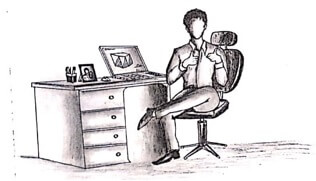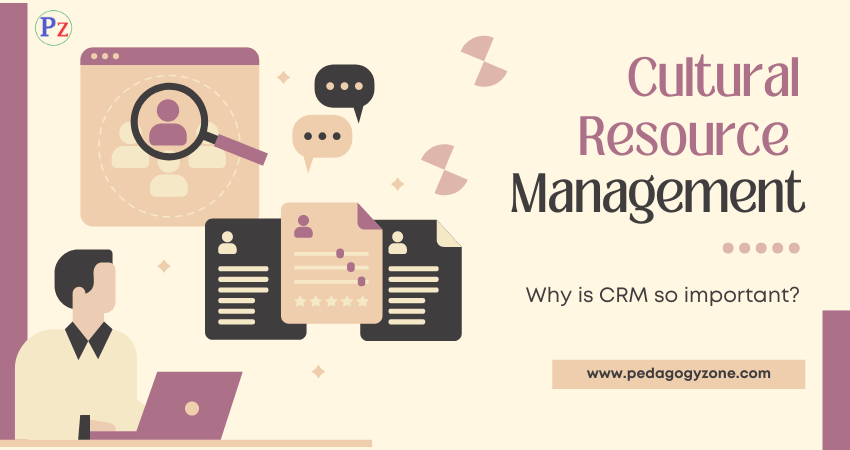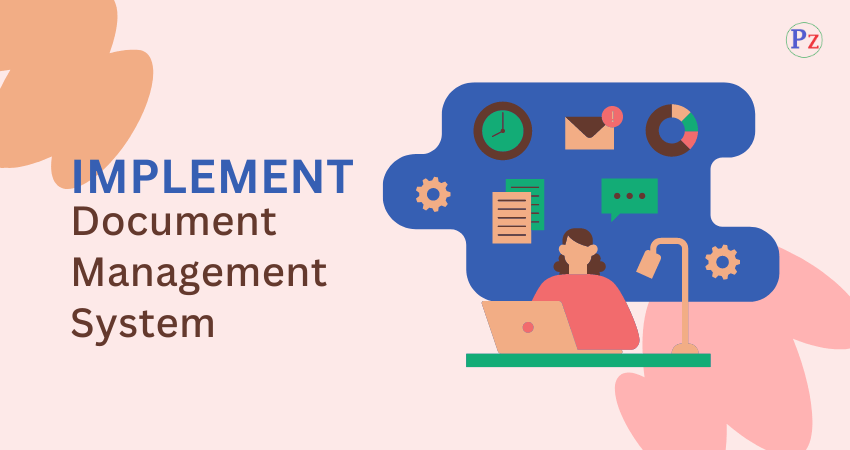Introduction
Job satisfaction is a positive attitude towards ones job. There are three important dimensions, First job satisfaction being an emotional response to a job, cannot be seen. As such, it can only be inferred, second job satisfaction is often determined by how satisfactorily outcomes meet or exceeds ones expectations. Third it represents employee’s attitudes towards five specific dimensions of the job: pay, the work itself satisfaction, promotion opportunities, supervision, and co-workers.
Definition
According to Robbins, The term Job Satisfaction describes a positive feeling about a job, resulting from an evaluation of its characteristics. A person with a high level of job satisfaction holds positive feelings about his or her job, while a dissatisfaction person holds negative feelings. When people speak of employee attitudes, they usually mean job satisfaction.
According to Davis and Newstrom, “job satisfaction is a set of favourable or unfavourable feelings with which employees view their work”.

Determinants of Job Satisfaction
a) Organizational Determinants
(i) Pay, Promotions
(ii) Work Itself
(iii) Quality of Supervision
(iv) Working Conditions
(v) Co-workers
b) Individual Determinants:
(i) Age
(ii) Gender
(iii) Marital status
Measurement of Job Satisfaction
- Single Global Rating (Rating Scales)
The employees are asked to respond to one question - Summation Score
a) Interviews
b) Action Tendencies
c) Critical Incidents
d) Likert Scale
e) Use of Existing Information
Job Satisfaction Influence on Behavior
- Job satisfaction and Job performance
- Job satisfaction and organizational citizenship behavior
- Job satisfaction and customer satisfaction
- Job satisfaction and Absenteeism
- Job satisfaction and Turnover
- Job satisfaction and workplace Deviance
Effects of Job Satisfaction
- Impact on Employees
- Impact on Productivity
- Impact on Absenteeism
- Impact on Turnover
- Others Effects
| Read More Topics |
| Define organizational culture and characteristics |
| Groups in organization influence and group dynamics |
| Emergence of informal leaders and working norms |





